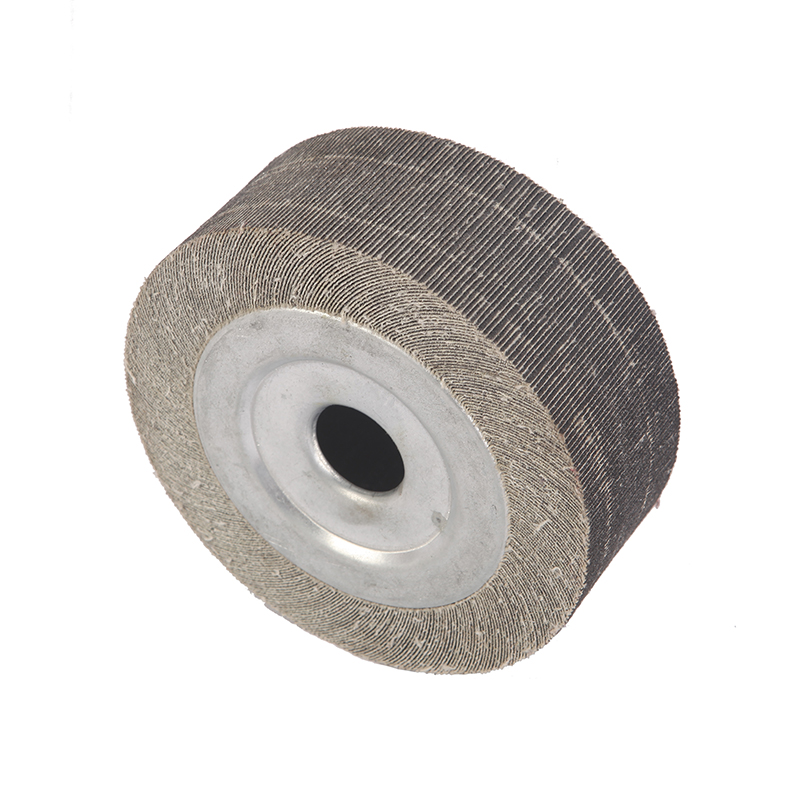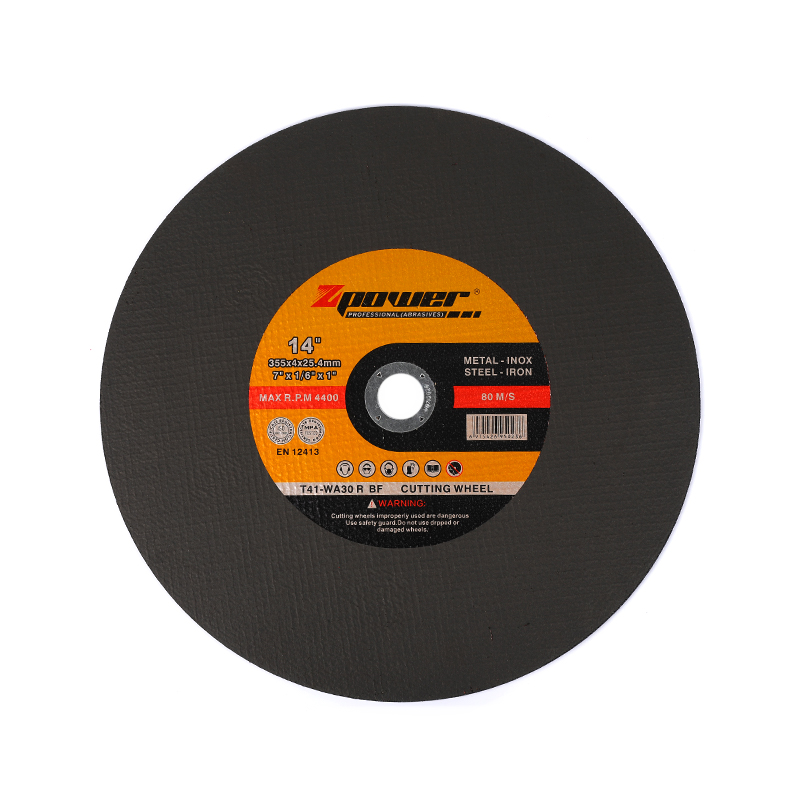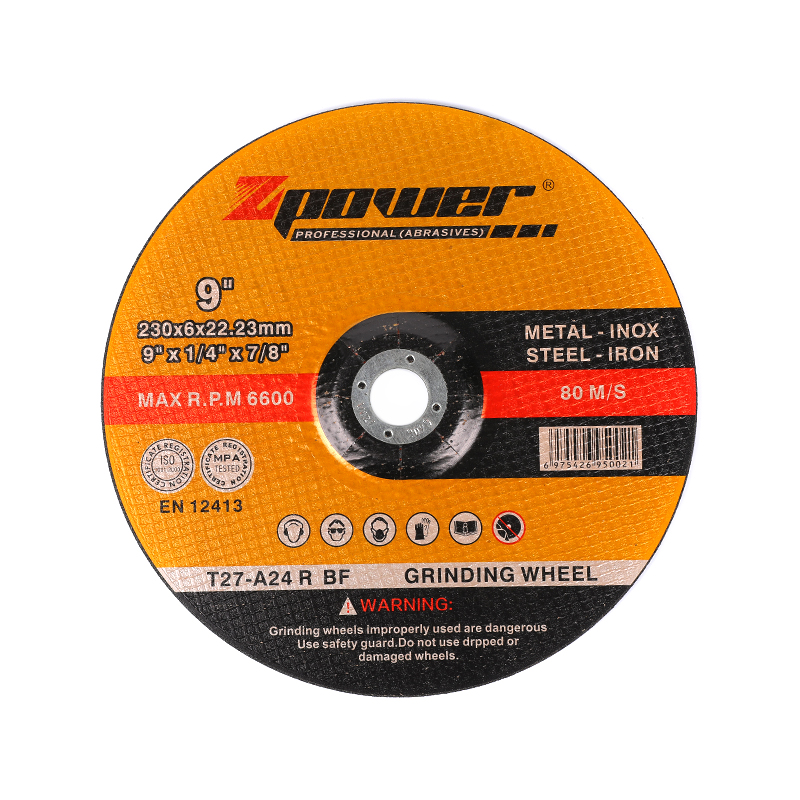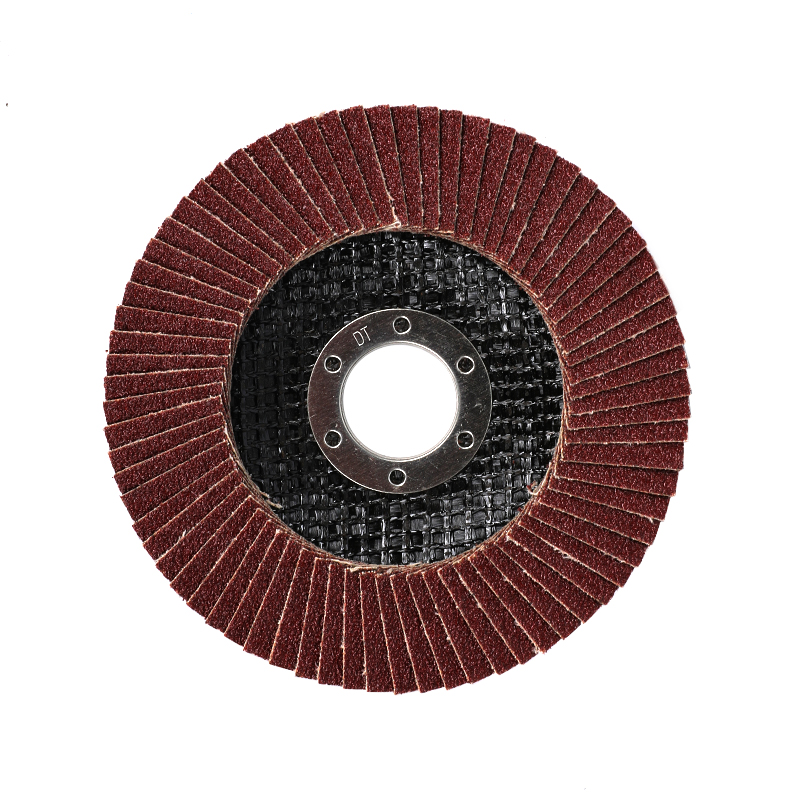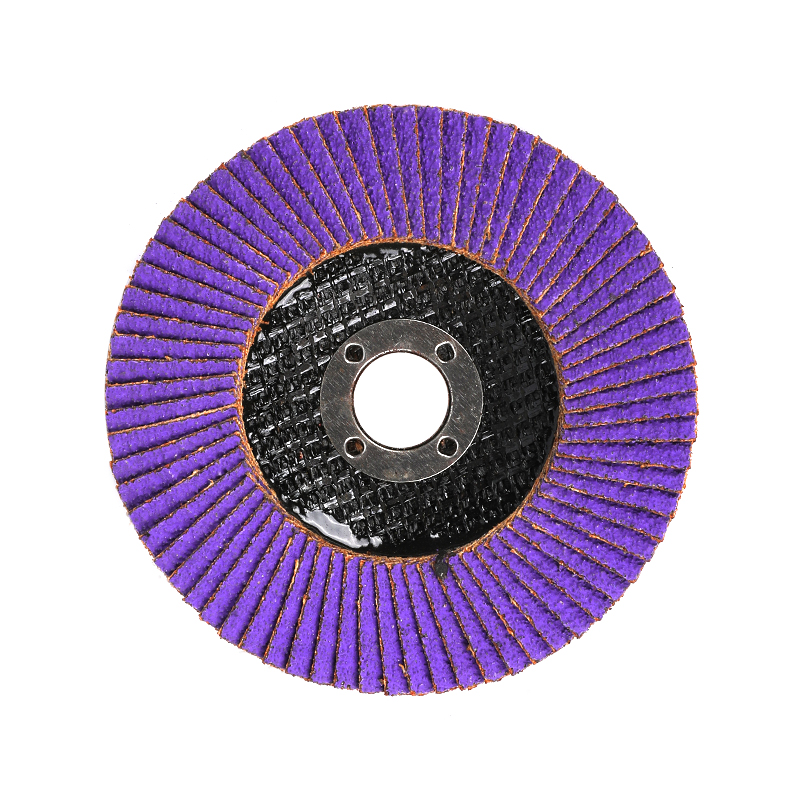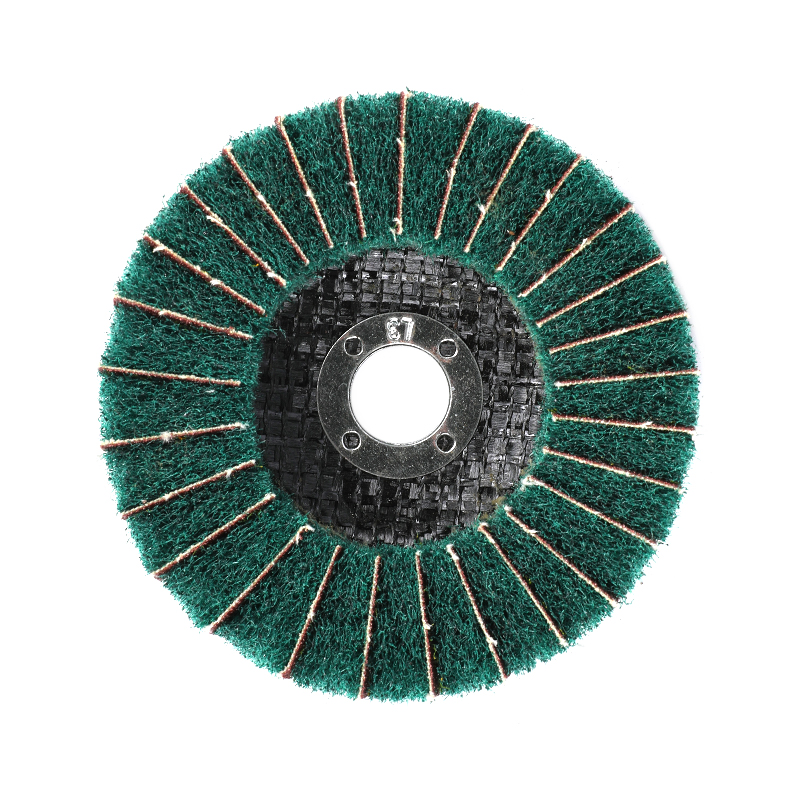How Do Different Types of Grinding Discs Affect Machining Efficiency?
 2025.04.25
2025.04.25
 Industry News
Industry News
China High Quality Grinding Discs Manufacturing Factory
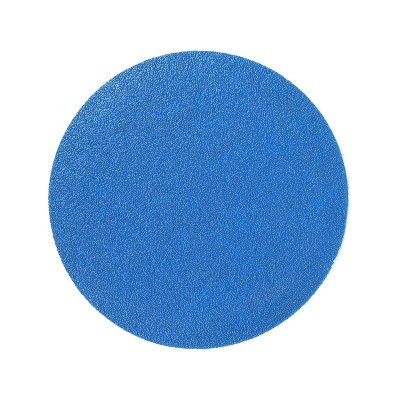
In the realm of metalworking and fabrication, the selection of grinding discs is critical to the success of any project. These discs, made from a variety of materials and designed for specific applications, can significantly influence the efficiency of the machining process.
The Role of Grinding Discs in Machining
Grinding discs are essential tools in the metalworking industry, used for shaping, finishing, and deburring metal surfaces. They are designed to remove material quickly and efficiently, and their performance can vary depending on the type of disc used. The efficiency of a grinding disc is determined by factors such as the abrasive material, grain size, bond strength, and disc construction.
Types and Their Impact on Efficiency
1. Resinoid-Bonded Grinding Discs: These discs are made with a resinoid bond that provides flexibility and a cooler cutting action, reducing the risk of burning the workpiece. Their flexibility allows for better contact with the workpiece surface, which can result in a more efficient removal of material. However, they are not as aggressive as other types, which may result in a slower material removal rate for certain applications.
2. Vitrified Bonded Grinding Discs: Known for their high strength and resistance to heat, vitrified bonded grinding discs are suitable for heavy-duty grinding applications. They offer a balance between durability and efficiency, making them ideal for continuous use on harder materials. The efficiency of these discs is enhanced by their ability to withstand high operating temperatures without losing shape or structure.
3. Rubber Bonded Grinding Discs: These discs are characterized by their elasticity and flexibility, which allow for a gentle grinding action that reduces surface damage. While they may not provide fast material removal rates, they excel in applications where preserving the integrity of the workpiece is crucial, such as in precision grinding.
4. Electroplated Grinding Discs: Unlike traditional grinding discs, electroplated discs are made by depositing abrasive grains onto a metal backing through an electroplating process. This type of disc offers a uniform abrasive surface and can provide a consistent finish across the entire workpiece. Their efficiency is notable in applications requiring a high degree of precision and surface finish.
5. Metal Bonded Grinding Discs: These discs, made with a metal bond, are aggressive types, offering fast material removal rates. They are ideal for rough grinding applications where speed is crucial. However, their aggressiveness can also increase wear on the workpiece and the disc itself, potentially reducing their efficiency in terms of longevity.
6. Aluminum Oxide Grinding Discs: A popular choice for general-purpose grinding, aluminum oxide discs are known for their versatility. They can handle a wide range of materials and provide a good balance between efficiency and cost-effectiveness. Their performance is reliable across various applications, making them a common choice in many workshops.
The Choice of Grinding Discs and Its Consequences
The choice of grinding discs can directly affect the machining efficiency in several ways. The right disc can reduce the overall time required for a project, decrease the need for secondary operations like polishing, and reduce the risk of workpiece damage. Conversely, the wrong choice can increase downtime due to disc changes, higher material removal times, and potential damage to the workpiece, all of which can negatively impact efficiency.
In conclusion, the type of grinding disc selected for a machining task plays a pivotal role in determining the efficiency of the process. Each type of disc has its strengths and weaknesses, and understanding these can help in making an informed decision that optimizes the machining process. By considering the specific requirements of the task at hand, such as material type, desired finish, and production speed, one can select the appropriate grinding discs to enhance machining efficiency.

 Eng
Eng  عربى
عربى
